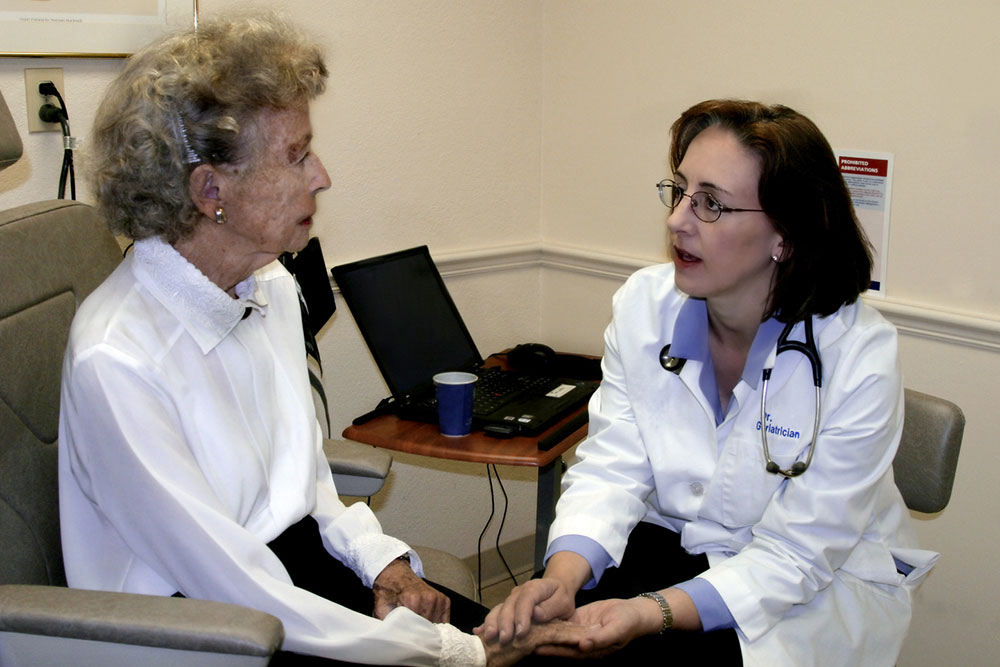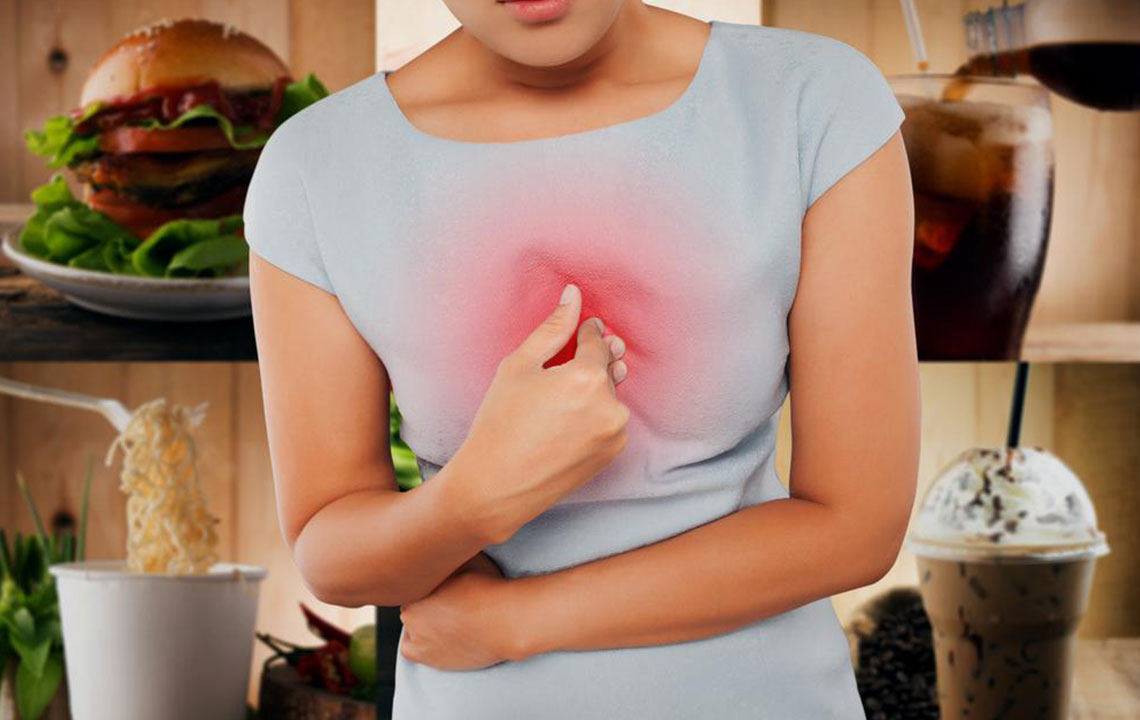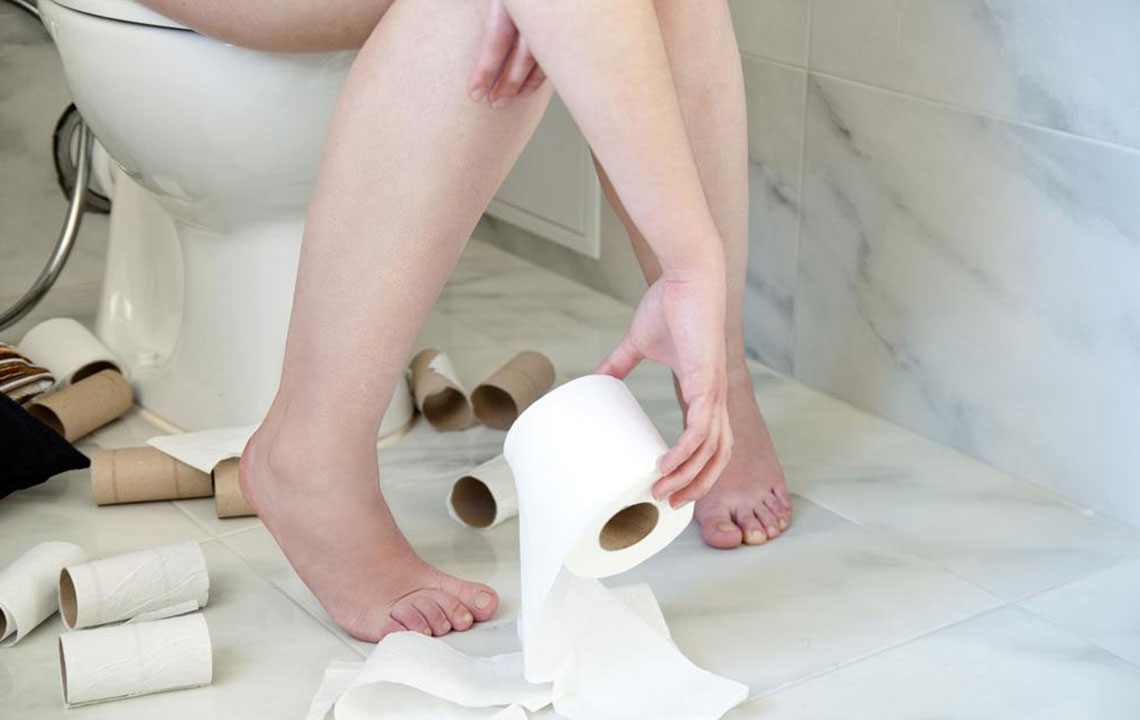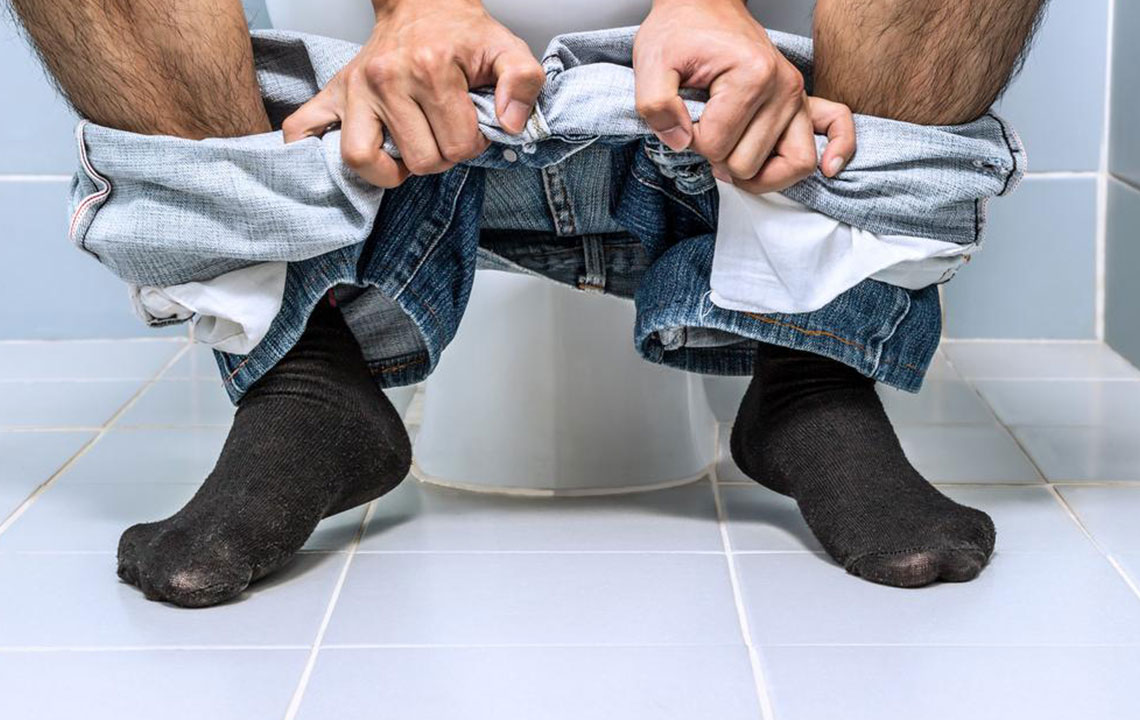Post-Gallbladder Surgery Dietary Guidelines for Recovery
This article offers essential dietary tips for individuals recovering from gallbladder removal surgery. It highlights gentle foods to consume initially, foods to avoid, and how to gradually reintroduce fiber-rich options. Following these guidelines can promote smoother digestion, reduce discomfort, and support healing. Always consult your healthcare provider before making dietary changes post-surgery to ensure optimal recovery and well-being.
Sponsored
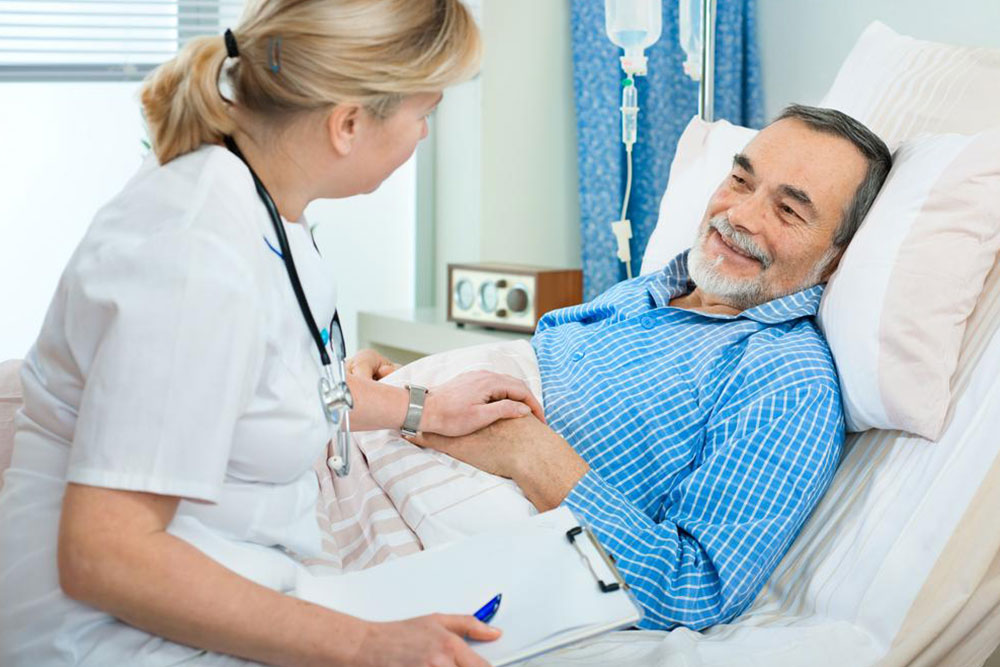
Undergoing gallbladder removal, also known as laparoscopic cholecystectomy, is a common procedure for treating gallstones that cause pain. Once the surgery is completed, adjusting your diet can greatly influence your recovery and digestion. While no strict diet plan is required, gradually reintroducing foods and focusing on gentle, low-fat options is essential.
Initially, you might need to stick to liquids like broths, gelatin, and water-based soups for comfort. Avoid greasy, spicy, and gas-producing foods such as fried items, high-fat dairy, and processed meats. Instead, choose smaller, more frequent meals that are easy to digest.
Healthy, low-fat foods such as fruits, lean proteins, and vegetables can be added back into your diet over time. Always consult your healthcare provider before introducing new foods, especially if they cause discomfort. Pay close attention to your body's responses and adjust accordingly to ensure a smooth recovery.
During the initial days post-surgery, preferred foods include applesauce, bananas, broths, crackers, eggs, lean meats like chicken and fish, rice, and watery soups. Incorporating moderate amounts of healthy fats and proteins supports healing. As you recover, you can gradually reintroduce high-fiber foods such as whole grains, nuts, seeds, and cruciferous vegetables, but only after your doctor approves. Always monitor your body's response and report any discomfort or symptoms to your healthcare provider for personalized dietary adjustments.


